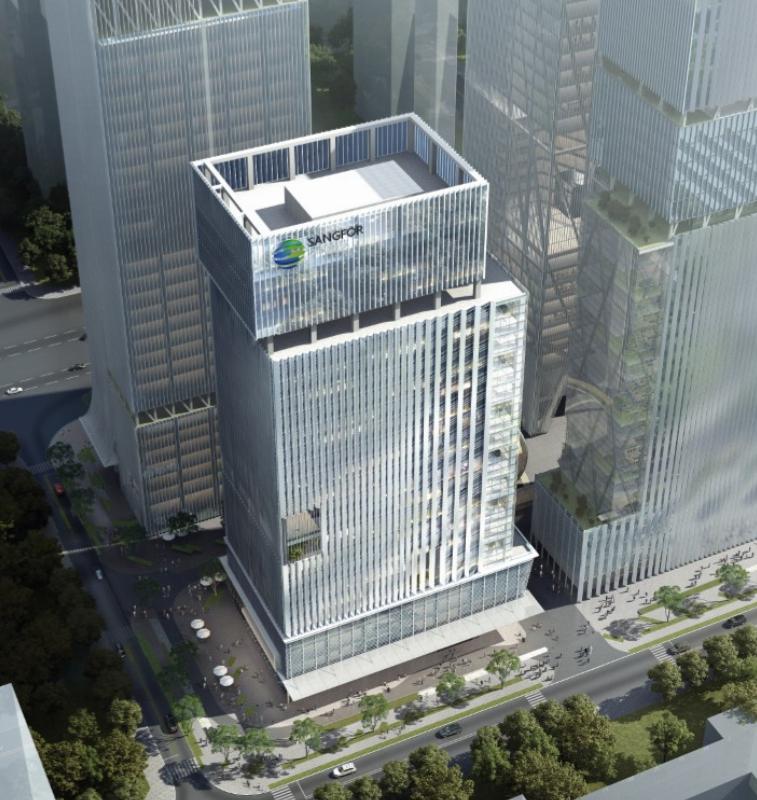What APAC Should Do in Response?
The GDPR is back in the news this week after a Freedom of Information request arrived from the UK’s Financial Conduct Authority, announcing that the number of declared cyber incidents in the UK’s finance sector had risen by more than 1,000% in 2018. A hasty Google search found that one of the only other events to have seen 1,000% growth (over the past 5 years) is deaths attributed to the drug Fentanyl, an opioid pain reliever 50 to 100 times stronger than morphine or heroin. It seems that cyber-attack is becoming just as dangerous and prolific as illegal drugs.
While growth like this can be attributed to the new GDPR policies requiring organizations to report certain types of cyber incidents immediately, it’s also certainly attributed to an obvious increase in the number of attacks on the industry. The FCA reported the most common root causes of cyber breaches to be (by a large percentage) DDoS cyber-attacks, change management and hardware and software issues.
In a speech from November 2018, Executive Director of the FCA, Megan Butler said, "A third of firms do not perform regular cyber-assessments. Most know where their data is, but describe it as a challenge to maintain that picture. Nearly half of firms do not upgrade or retire old IT systems in time. And only the largest firms have automated their detection systems to spot potential cyber-attacks. Smaller firms are generally relying on old school, manual processes - or no processes at all."
Across the APAC region, several countries have leapfrogged past several stages of tech development, including Indonesia, with the highest percentage of mobile devices in Asia and an annual e-money transaction value of $409M – up from $54M in 2009. Estimates put Myanmar internet saturation at 22% - compared with 2% in 2009. March & McLennan Companies Cyber Risk in Asia-Pacific study says “A survey conducted by ESET Asia in 2015 revealed that 78 percent of Internet users in Southeast Asia have not received any formal education on cybersecurity, highlighting that most people in the region are oblivious to their cyber vulnerabilities.”
Deloitte has suggested that the APAC region focus more diligently on cyber-crime by bolstering their governance, strategy, security, vigilance, and resiliency. Yes, of course these things are critical, but what good will it do if your organization is working with “old school” legacy infrastructure or without tools capable to detecting, identifying, blocking and remembering a cyberattack? Across all borders, oceans and skies – legacy infrastructure and cyber-attack go hand in hand.
There are quite a few solutions offered here in APAC which meet the growing needs of digitally developing organizations, for example Sangfor Technologies Next Generation Firewall (NGAF), providing complete network visibility, simplification of operation, threat intelligence, application layer security and protection against ransomware among other benefits. Many companies like City Mart and Decathlon based in the APAC region have also implemented Sangfor’s Internet Access Management (IAM) solution, which builds on the foundation of providing a secure web gateway but goes beyond to provide business intelligence, unified management, authentication services and granular application control. Implementation of a hyper converged infrastructure solution like Sangfor’s aCloud provides companies like Samsung and Ebano data center consolidation, cloud transformation, data protection and disaster recovery.
Why Sangfor?
Founded in 2000 and a publicly traded company as of 2018 (SANGFOR STOCK CODE: 300454 (CH)) Sangfor Technologies is the global leading vendor of IT infrastructure solutions specializing in Network Security and Cloud Computing. Visit us at www.sangfor.com and get in touch with Sangfor Technologies today to see what we can do to help you secure your network.





